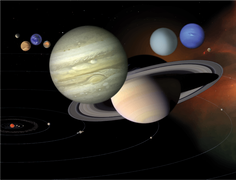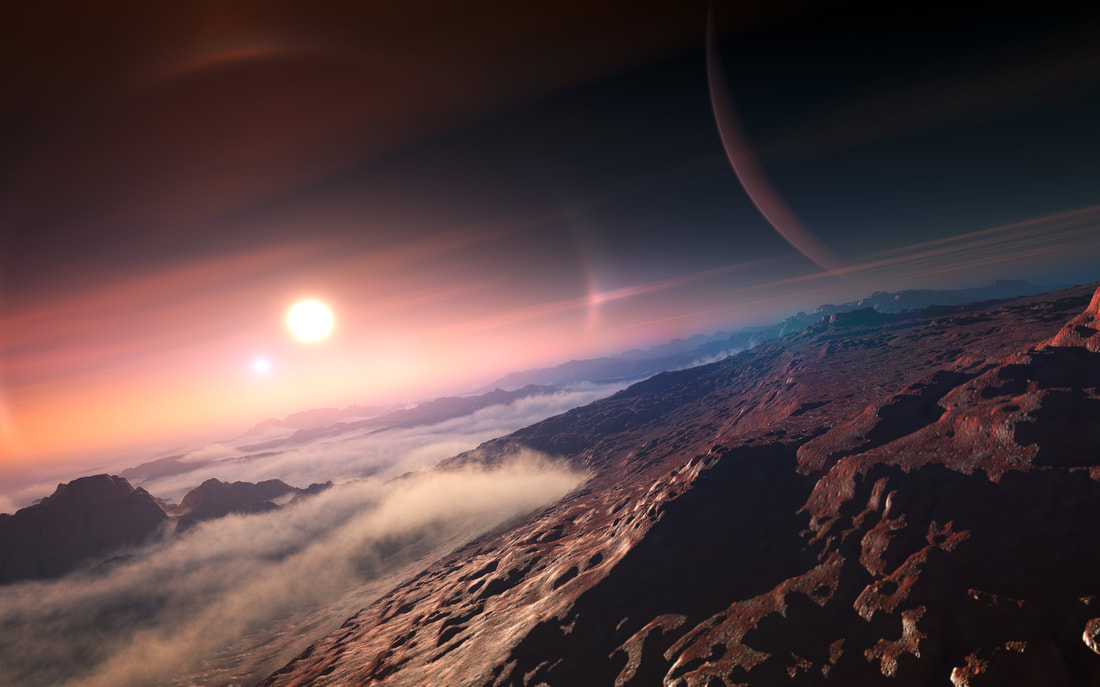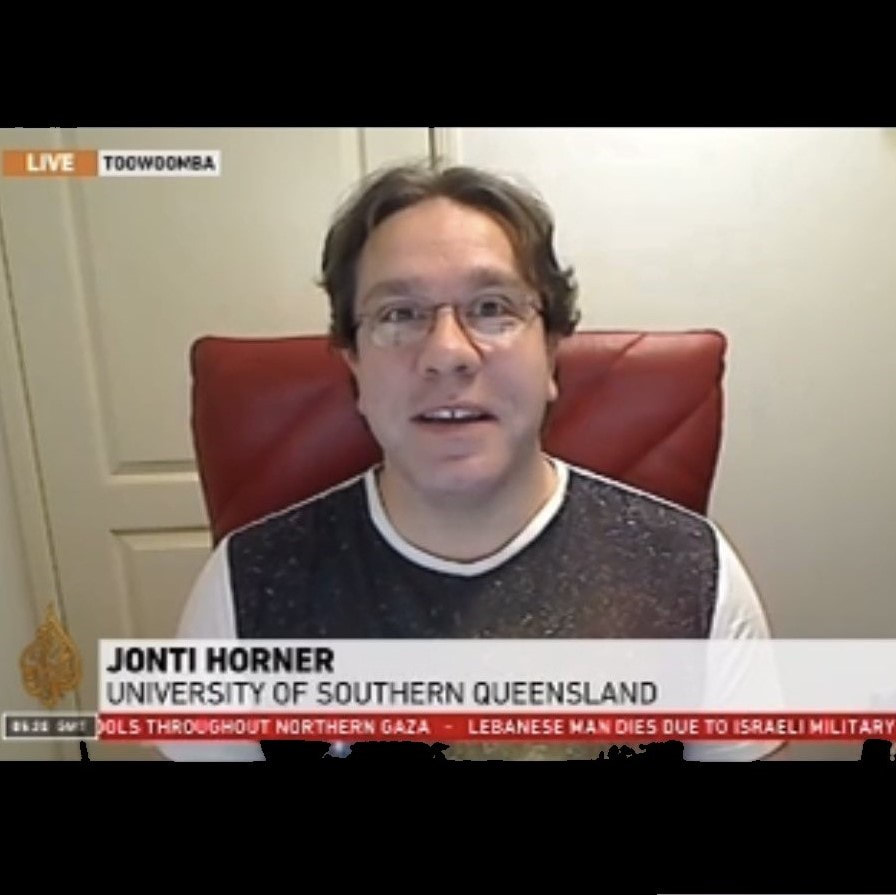ABOUT MEAstrophysicist and AstrobiologistI'm Jonti - an astrobiologist and astronomer based at the University of Southern Queensland. I'm a passionate science communicator and teacher, and take great pleasure from delving into the mysteries of the cosmos, and the question of life elsewhere. For a brief introduction to my research, teaching, and science communication work, see below - or check out the links at the top of the page for more details!
|
Image credit: USQ/David Martinelli |
RESEARCH
Solar System EvolutionAs astronomers, we play at being detectives - gathering clues from our observations, and using them to work out how the universe works.
I have always been fascinated with the Solar system's small bodies - comets and asteroids. Where do they come from? Where will they go in the future? What clues do the hold to our own distant past? My research studies the orbital evolution of those objects to learn more about the Solar system's past, present, and future... For more information on my work, check out the 'Solar System Evolution' page Image source: Open Clipart |
The Search for Alien WorldsWhen I was young, we only knew of a single planetary system - the Solar System. In the decades since, we have entered the Exoplanet Era.
I am one of the leaders of the MINERVA-Australis facility, on the Darling Downs in Southeast Queensland, which scours the sky on every clear night, searching for new alien worlds. I help to find those planets, and study how their systems will evolve over time. In the process, I've even killed a number of planets - proving that claimed worlds simply do not exist. For more information, check out the 'Alien Worlds' page Image credit: IAU/L. Calçada |
Are We Alone?Alien life abounds in fiction, reflecting our fascination with the question 'are we alone?' But what about in reality? Is there really life elsewhere?
In the coming decades, the next generation of telescopes will begin to search for signs of life on alien worlds. But where should we look? And how should we choose the most promising targets? My research focusses on the different factors that could make one planet a more promising target for further observations than another - helping to focus the search for life elsewhere. For more information, check out the 'Are we alone?' page Image credit: NASA/JPL-Caltech/R. Hurt (SSC-Caltech) |
TEACHING
Astronomy 1A first level course at USQ, offered both online and face-to-face, that serves as an introduction to Astronomy. How do we study the night sky? How do the stars and planets move in the sky? How do we work out how distant and how large celestial bodies are? Learn the answers to these questions, and much much more in Astronomy 1.
For more information, check my 'Astronomy 1' page, or the course synopsis on the USQ website. Image: Taken whilst observing at the Anglo-Australian Telescope at Siding Spring Observatory |
Planetary and Exoplanetary ScienceA second level course at USQ, designed to build a deeper understanding of how we study the Solar system, and how we search for Alien Worlds. The course touches on the history of planetary science, introduces some core mathematical concepts, then goes on a journey through our Solar system, and into the realms of Exoplanetary Science.
For more info, see the 'Planetary and Exoplanetary Science' page, or the course synopsis on USQ's website. Image: Mars as seen by NASA's Viking 1 mission in 1980. Credit: NASA/USGS |
Graduate Student SupervisionI have the great privilege of being able to help supervise a number of outstanding graduate students working at USQ. The students I work with are carrying out research on a wide variety of topics - from the formation and evolution of the Solar system to the search for Alien Worlds, and from planetary habitability to interplanetary panspermia.
More info can be found on the 'Graduate Student Supervision' page, and at USQ's Astrophysics website. Image: Small bodies in the inner Solar system, from Horner et al. 2020, plot by PhD student Tim Holt. |
OUTREACH
Science WritingOver the years, I have written a large amount of popular science articles, primarily for the excellent Australian website The Conversation.
I am always enthusiastic about writing for a broader audience, and every year, I publish a Meteor Shower calendar, with the amazing Dr Tanya Hill, from Melbourne Planetarium. For more info, and links to some of my articles, check out me 'Science Writing' page. Or contact me with any science writing requests. |
Media WorkI give regular interviews to local, national, and international media - including having regular weekly slots talking about all things astronomical on ABC Queensland's Evening and Drive shows. I have appeared in Australian documentaries and on a variety of international podcasts, and am always keen to talk about space!
For more info, check out my 'Media' page', and please feel free to contact me with any media or communication enquiries or requests. |
Public TalksI am an experienced and enthusiastic public speaker, with more than three decade's experience giving talks to schools, community groups, and astronomical societies. I regularly visit Lady Elliot Island as a guest speaker, introducing the island's guests to the wonders of the night sky, and talking about the cosmos!
For more information, check out my 'Public Talks' page. Image taken at USQ's 2019 Festival of Astronomy, credit: USQ/David Martinelli |
PHOTOGRAPHYSince I was young, I've always enjoyed taking pictures. As a teenager, I was an enthusiastic astrophotographer, taking images using a clockwork drive, and ScotchChrome slide film.
Since moving to Australia, I've rekindled my love of astrophotography, and have also had great fun photographing wildlife and scenery. In recent years, I've started experimenting with portrait photography, helping friends out for artistic projects. You can find some of my pictures (along with those taken by my partner, Vanessa) for sale at Redbubble, and can learn more about the fun I've had with photography over on my Photography page. |



















